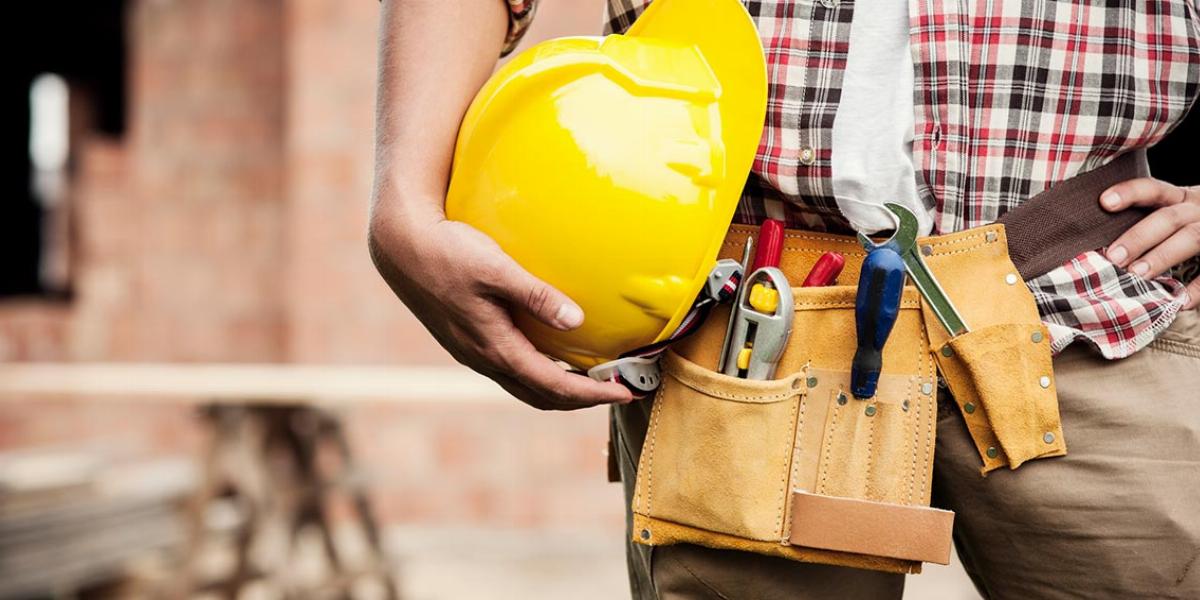
When buildings and civil-engineered structures are built, renovated or torn down, the result is a lot of construction and demolition (C&D) debris – 548 million tons to be exact. So, how can we reduce construction waste? Follow these construction waste disposal methods to prevent reusable materials from ending up in the landfill.
As a project manager, you’re tasked with building a plan before diving into the job. When the project is organized properly, fewer mistakes are made which results in less waste on your construction site.
A “soft” tear down opposed to a full demolition will give you and your team the opportunity to salvage materials for reuse, thereby reducing waste in construction. Materials like windows, plumbing fixtures, ceiling and floor tiles and large pieces of lumber can be sold to salvage organizations.
Pro Tip: Deconstruction can save you money. If you take the time to deconstruct, you’ll have salvaged materials that can be sold for reuse. If you donate items, you can use it as a tax write-off.
Deconstruction is also better for the environment. It reduces the amount of toxic dust released into the air and heavy metal that seeps into the soil during demolition. Because more items are saved when a building or home is deconstructed, you send significantly less material to the landfill.
Before tossing all of your debris in a construction dumpster to be sent to a landfill, try giving these materials new life by reusing or donating them.
Implement a strategy to recycle construction waste. Having a recycle bin for workers to toss materials will help you reduce the number of items you toss in your dumpster and reduce the waste your team creates. Items being replaced on a project, like sinks, baths and countertops, can be placed in the recycle bin. The following items can also be recycled:
As hard as you may try to reduce waste on your construction site, you can’t completely avoid it. For all the things you can’t reuse, donate or recycle, a roll off dumpster is the most efficient disposal option, saving you on valuable time and labor.
The bottom line – the less you have to throw away, the less money you have to spend getting rid of your construction waste. Not to mention, when you donate leftover materials, your company can claim tax benefits on them. When you create a plan to reduce waste on your construction site, the environment, your community and you win.
Visit our post “Common Types of Construction Waste and How to Get Rid of Them” to learn how to create a construction waste management plan to reduce your construction debris.